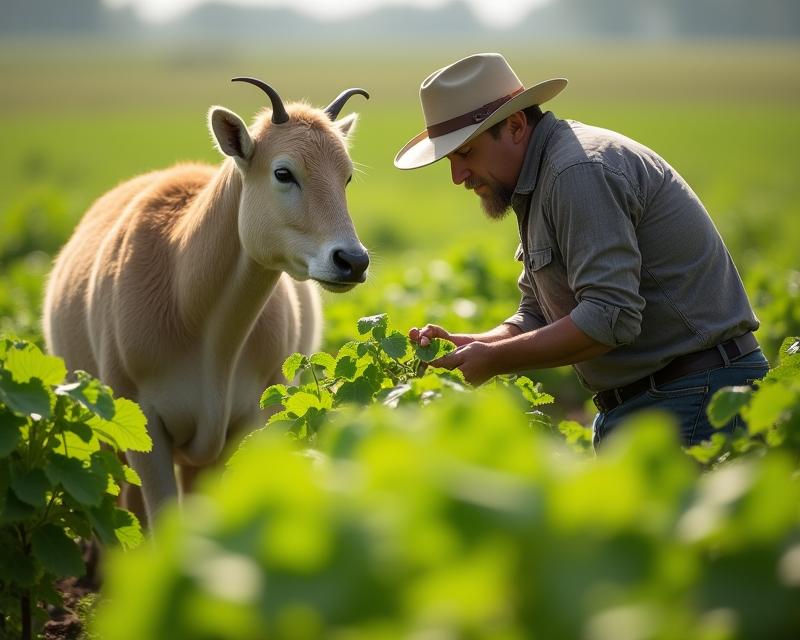Ancient Wisdom: Windbreaks & Erosion Control
Publish in Sustainable Farming el 05/07/2025 20:52
Ancient Wisdom: Windbreaks & Erosion Control
Farmers throughout history have faced the constant challenge of protecting their crops and land from the elements. One of the most effective and enduring solutions? Utilizing windbreaks and erosion control techniques. These aren't new ideas – in fact, they're rooted in ancient agricultural practices, offering valuable lessons for modern farmers and gardeners.

The Power of Windbreaks
Windbreaks, also known as shelterbelts, are rows of trees or shrubs strategically planted to reduce wind speed across fields. Think of them as natural barriers! For centuries, farmers in regions prone to strong winds have employed this method. The reduced wind speed offers several benefits. First, it minimizes soil erosion, preventing valuable topsoil from being blown away. Second, it protects delicate crops from wind damage, especially during vulnerable growth stages. Third, windbreaks can moderate temperature fluctuations, creating a more stable microclimate beneficial for plant growth. Historically, farmers would often use native trees and shrubs, perfectly adapted to the local climate, making them a sustainable and cost-effective solution.
Erosion Control: A Historical Perspective
Erosion has always been a major concern for agricultural communities. Ancient civilizations developed ingenious methods to combat it. Terracing, for example, involves creating step-like platforms on slopes to slow down water runoff. This prevents water from gaining enough momentum to carry away soil. Another common practice was contour plowing – plowing along the contours of the land rather than up and down slopes. This creates ridges that trap water and reduce erosion. Farmers also utilized cover crops – planting crops specifically to protect the soil when it would otherwise be bare. These cover crops act as a protective blanket, preventing soil from being directly impacted by rain and wind. These methods, passed down through generations, demonstrate a deep understanding of soil health and the importance of conservation.
Modern Applications & Benefits
The principles behind these ancient techniques remain incredibly relevant today. Modern windbreaks can be constructed using a variety of plants, including trees, shrubs, and even specially designed fences. Erosion control measures can incorporate modern materials like geotextiles alongside traditional methods. Implementing these practices not only protects your land but also improves soil fertility, reduces the need for chemical fertilizers, and enhances biodiversity. By embracing these time-tested strategies, you can build a more resilient and sustainable farm for the future. Consider consulting with local agricultural extension offices for guidance on the best windbreak and erosion control solutions for your specific location and crops. Investing in these practices is an investment in the long-term health and productivity of your land.
- **Reduced soil erosion:** Protects valuable topsoil.
- **Improved crop yields:** Minimizes wind damage.
- **Enhanced microclimate:** Moderates temperature fluctuations.
- **Increased soil fertility:** Promotes healthy soil ecosystems.





